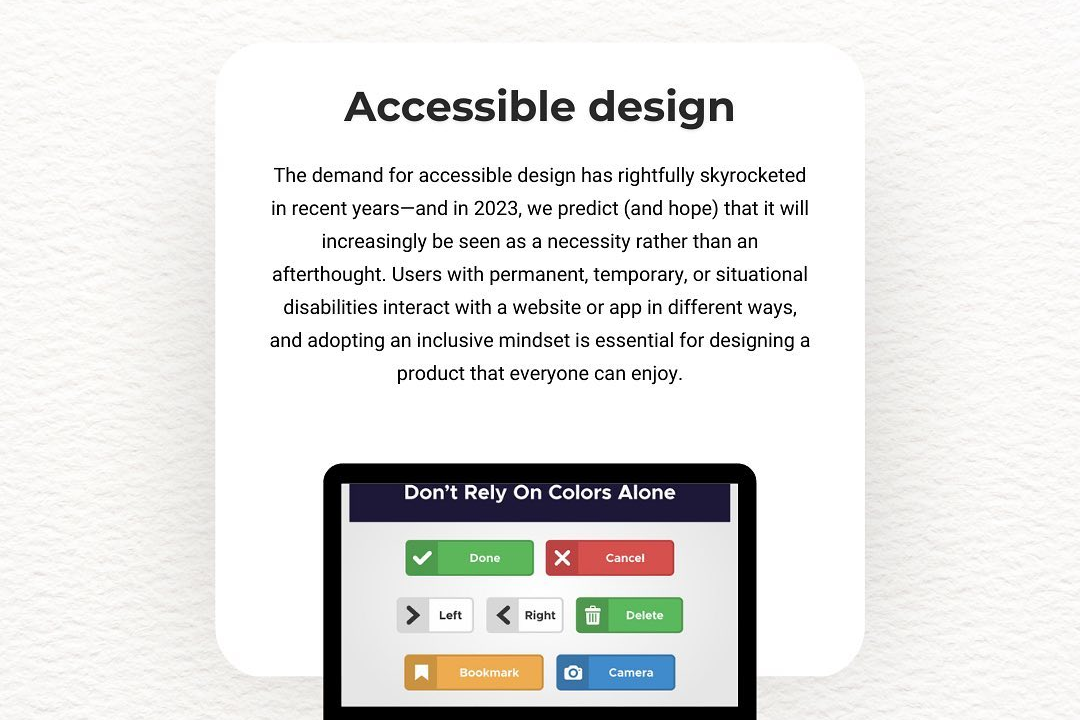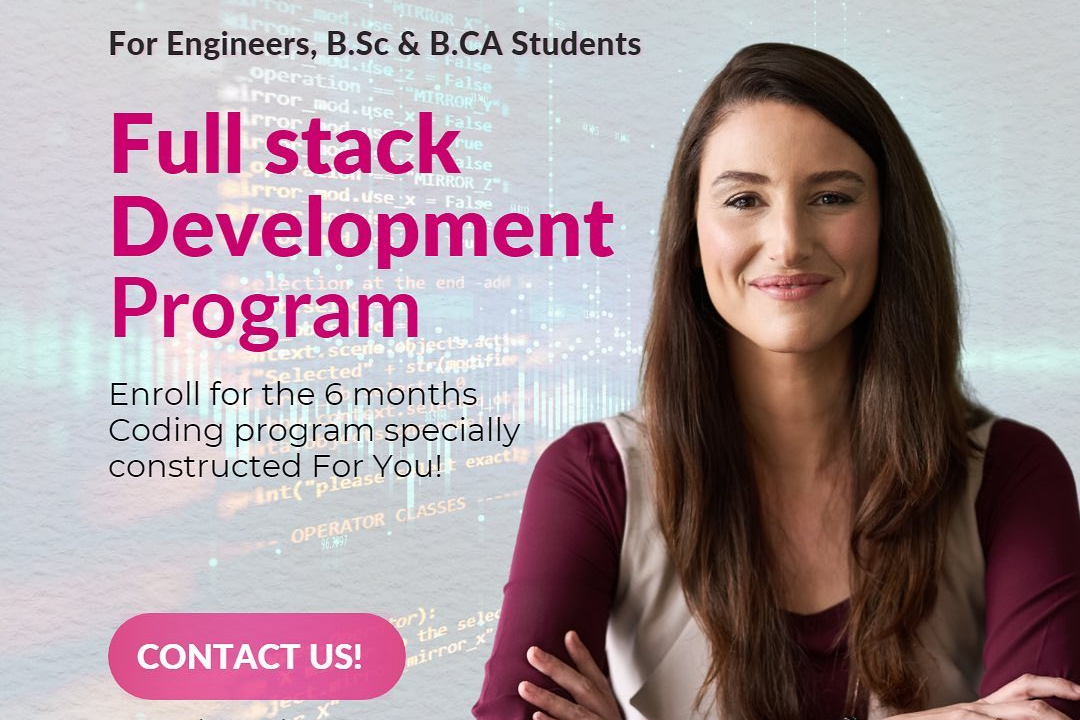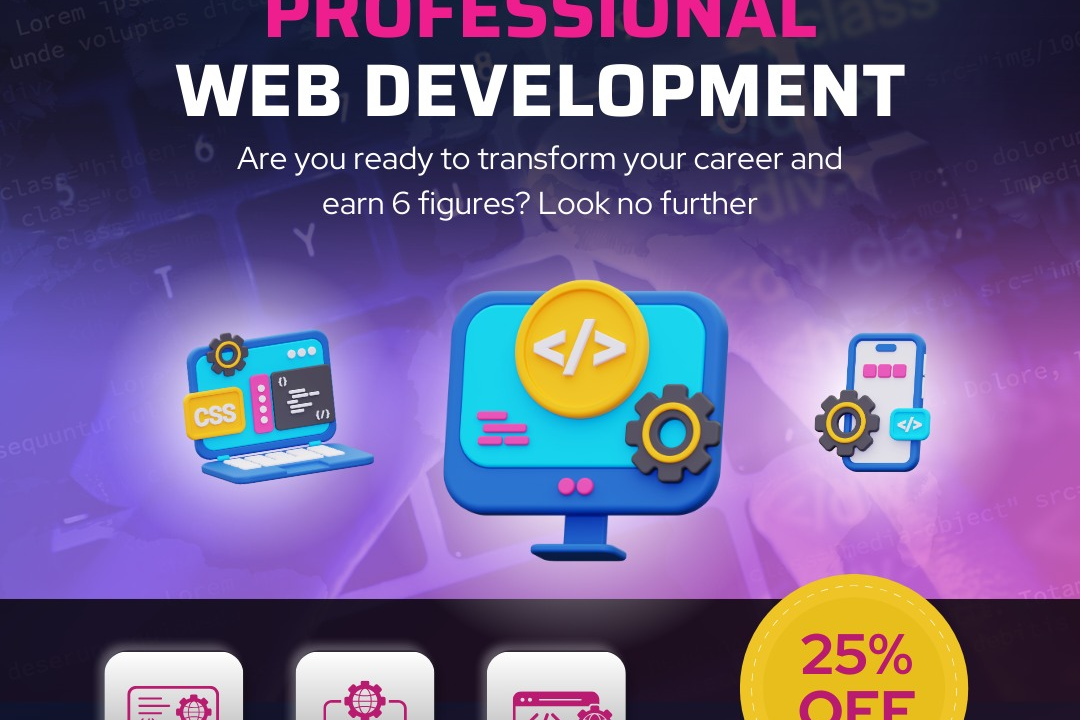8years Experience Interview Questions On Angular 2
Interview Questions for Candidates with 8+ Years of Angular 2 Experience
8years Experience Interview Questions On Angular 2
An interview for an 8-year Angular 2 developer position typically assesses proficiency in building, maintaining, and scaling complex Angular applications. Questions delve into extensive experience with Angular's various components, including template syntax, directives, routing, dependency injection, and performance optimization techniques. These interviews also evaluate the candidate's understanding of reactive programming concepts, testing strategies, component lifecycle, and change detection, demonstrating their ability to develop robust, efficient, and maintainable Angular applications.
To Download Our Brochure: https://www.justacademy.co/download-brochure-for-free
Message us for more information: +91 9987184296
Interview Questions with Answers:
1 - Explain the Angular 2 lifecycle hooks.
Initialization: ngOnInit
Change detection: ngOnChanges
State changes: ngDoCheck, ngAfterViewInit, ngAfterViewChecked, ngOnDestroy
2) Describe the architecture and purpose of Angular 2 modules.
Angular modules bundle functionality and provide a way to organize and reuse code.
3) How would you implement routing in Angular 2?
Use the RouterModule and RouterOutlet components to define routes and display content.
4) Explain the difference between Services and Components.
Services provide reusable functionality, while Components are responsible for displaying and managing data.
5) What are the best practices for managing state in Angular 2 applications?
Use state management libraries like NgRx or Redux.
6) How would you optimize the performance of an Angular 2 application?
Implement lazy loading, use change detection tooling, and optimize DOM manipulation.
7) Describe the use of TypeScript in Angular 2.
TypeScript provides strong typing and code readability, allowing for better maintainability.
8) What are the key features and benefits of Angular 2+ over previous versions?
Improved performance, modularity, TypeScript support, and faster development.
9) How do you handle asynchronous operations in Angular 2?
Use Observables or Promises to manage asynchronous data streams.
10) Explain the concept of Dependency Injection in Angular 2.
Dependency Injection allows for the automatic creation and injection of dependencies.
11 - What are AOT compilation and its advantages?
Ahead of Time (AOT) compilation improves performance by generating optimized JavaScript code during the build process.
12) How would you approach debugging an Angular 2 application?
Use the Angular CLI, console logging, and the browser's developer tools.
13) Explain the role of the NgZone in Angular 2.
The NgZone ensures that UI updates occur within the Angular change detection cycle.
14) What are the recommendations for organizing and structuring Angular 2 applications?
Use modularity, separation of concerns, and a directory structure that reflects the application's functionality.
15) How do you handle form validation in Angular 2?
Use built in form validation directives or third party validation libraries.
Complete Daily Goals:
- Habit Stacking: Pair new habits with existing routines, such as meditating while you make coffee or journaling during breakfast.
- Break Down Tasks:* Divide large tasks into smaller, manageable chunks to make them less daunting.
- Reward Yourself:* Encourage motivation by setting small, achievable goals and rewarding yourself for completing them.
- Optimize Productivity:
- Use Time Blocking:* Allocate specific time slots in your day for different tasks, focusing on one at a time to minimize distractions.
- Pomodoro Technique:* Work in intervals of 25 minutes followed by 5 minute breaks to maintain focus and productivity.
- Eliminate Distractions:* Create a distraction free workspace or use apps to block distracting websites and notifications.
- Improve Task Management:
- To Do Lists and Task Management Apps:* Keep track of tasks and prioritize them based on importance and urgency.
- Eisenhower Matrix:* Categorize tasks into four quadrants (Urgent and Important, Not Urgent but Important, Urgent but Not Important, Not Urgent and Not Important) to focus on high priority items.
- Kanban Boards:* Visualize your tasks and track their progress through different stages (e.g., To Do, In Progress, Done).
- Enhance Focus:
- Mindfulness and Meditation:* Practice techniques to calm the mind and improve focus during work or study sessions.
- Exercise and Physical Activity:* Engage in regular exercise to boost endorphins and promote cognitive function.
- Adequate Sleep:* Get enough quality sleep to ensure alertness and optimal performance.
- Seek Support and Accountability:
- Study Groups or Accountability Partners:* Collaborate with others to stay motivated and on track.
- Mentors or Coaches:* Seek guidance from experienced individuals who can provide support and advice.
- Community Involvement:* Join online forums or attend events related to your goals to connect with like minded individuals.
- Course Overview
- This comprehensive course is designed for experienced Angular 2 professionals with over 8 years of experience. It delves into advanced concepts and best practices, covering topics such as production-ready application architecture, performance optimization techniques, dependency injection mastery, testing strategies, and deep dives into the latest features of Angular 2.
- Course Description
- Master the art of acing Angular 2 interviews with 8 years of experience. This course will equip you with comprehensive knowledge of advanced Angular 2 concepts, best practices, and industry-specific interview questions to help you excel in your job search.
- Key Features
- 1 - Comprehensive Tool Coverage: Provides hands-on training with a range of industry-standard testing tools, including Selenium, JIRA, LoadRunner, and TestRail.
- 2) Practical Exercises: Features real-world exercises and case studies to apply tools in various testing scenarios.
- 3) Interactive Learning: Includes interactive sessions with industry experts for personalized feedback and guidance.
- 4) Detailed Tutorials: Offers extensive tutorials and documentation on tool functionalities and best practices.
- 5) Advanced Techniques: Covers both fundamental and advanced techniques for using testing tools effectively.
- 6) Data Visualization: Integrates tools for visualizing test metrics and results, enhancing data interpretation and decision-making.
- 7) Tool Integration: Teaches how to integrate testing tools into the software development lifecycle for streamlined workflows.
- 8) Project-Based Learning: Focuses on project-based learning to build practical skills and create a portfolio of completed tasks.
- 9) Career Support: Provides resources and support for applying learned skills to real-world job scenarios, including resume building and interview preparation.
- 10) Up-to-Date Content: Ensures that course materials reflect the latest industry standards and tool updates.
Benefits of taking our course
Functional Tools
1 - Angular CLI: Provides a command line interface for scaffolding new Angular applications, generating components, services, and other artifacts, and running development and production tasks.
2) Angular Material: A comprehensive library of pre built UI components based on Material Design guidelines, providing consistent and accessible user interfaces.
3) RxJS: A reactive programming library for asynchronous and event based programming, enabling the handling of complex data streams and state management.
4) Ngrx Store: A state management library that implements a reactive pattern, allowing developers to maintain global application state in a single location and access it from any component.
5) Webpack: A module bundler that packages and optimizes application code for efficient loading and execution in the browser.
Training Program for Students
To offer a training program for students in Angular 2, consider the following steps:
- Define Course Objectives: Establish clear learning goals for the program, such as developing proficiency in Angular 2 fundamentals, building interactive web applications, and understanding advanced concepts like state management and reactive programming.
- 2. Create a Structured Curriculum: Design a comprehensive curriculum that covers the core concepts of Angular 2, including component based architecture, dependency injection, data binding, and HTTP services.
- 3. Provide Practical Exercises: Supplement theoretical concepts with hands on exercises that allow students to apply their knowledge and build real world projects using Angular 2.
- 4. Offer Mentorship and Support: Assign experienced Angular 2 developers as mentors to provide guidance, answer questions, and support students throughout the program.
- 5. Conduct Assessments: Implement regular assessments to evaluate student progress and provide feedback on their understanding of the concepts and their ability to apply Angular 2 effectively in practical scenarios.
- Join contests and giveaways. Many websites and social media platforms offer contests and giveaways that award points for completing certain tasks, such as watching videos, sharing posts, or referring friends.
- Refer friends.* If you have friends who are also interested in earning points, refer them to the website or app you're using. You'll usually earn a bonus for each friend who signs up and uses your referral code.
- Complete surveys.* Websites and apps often offer points for completing surveys. These surveys can be about anything from your shopping habits to your political views.
- Watch videos.* Some websites and apps offer points for watching videos. You can usually earn points by watching a certain number of videos per day or by watching videos for a certain amount of time.
- Play games.* Some websites and apps offer points for playing games. These games can be anything from trivia games to puzzle games.
- Shop online.* Some websites and apps offer points for shopping online. You can usually earn points by shopping through their affiliate links or by using their promo codes.
- Use a rewards credit card.* Some credit cards offer points for every dollar you spend. You can redeem these points for cash back, travel rewards, or merchandise.
- Use a loyalty program.* Many businesses offer loyalty programs that award points for making purchases. You can usually redeem these points for discounts, free items, or other perks.
Browse our course links : https://www.justacademy.co/all-courses
To Join our FREE DEMO Session:
This information is sourced from JustAcademy
Contact Info:
Roshan Chaturvedi
Message us on Whatsapp:
Email id: info@justacademy.co
Interview Questions On React Native For Fresher
Node React Js Interview Questions











